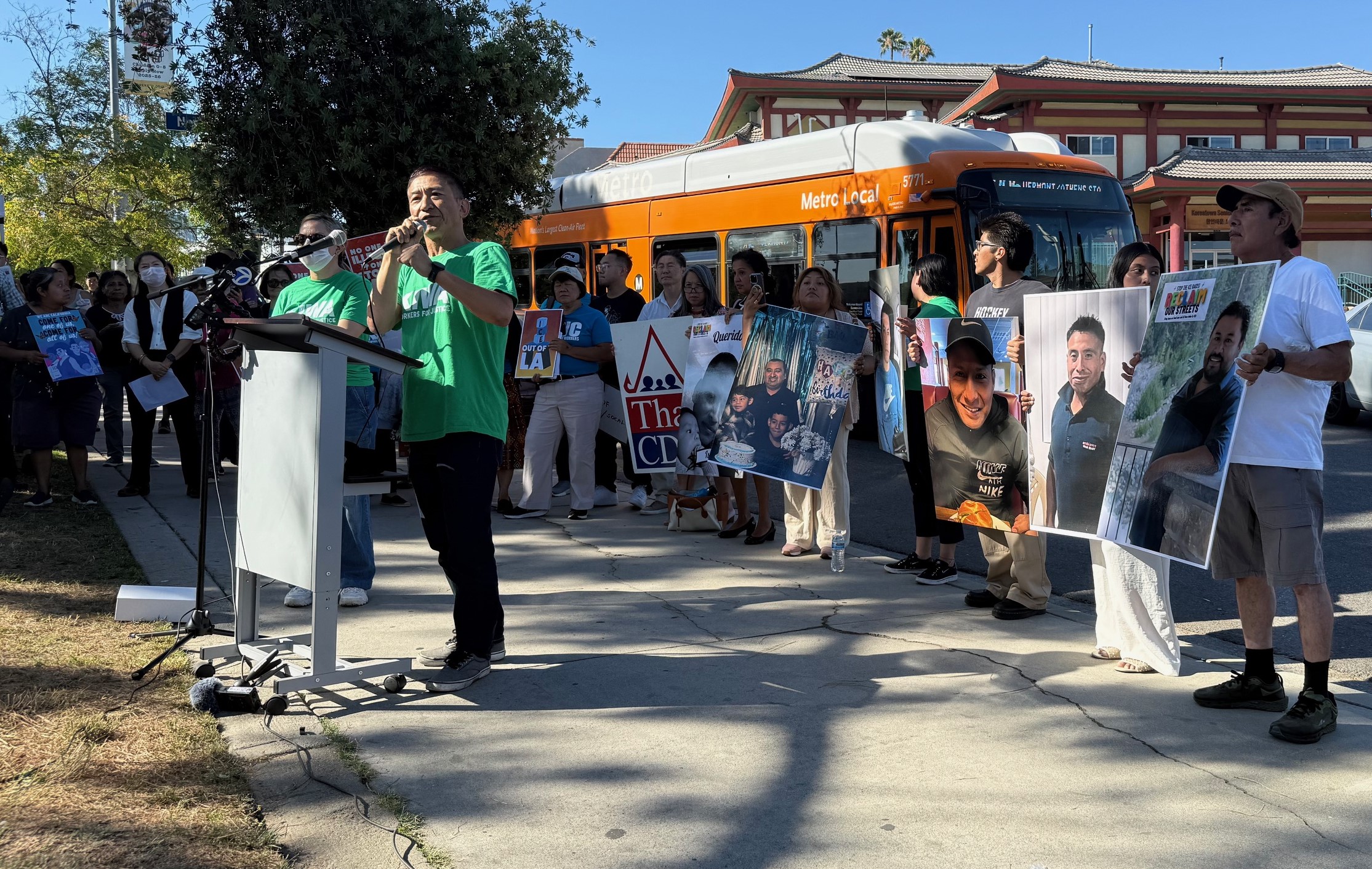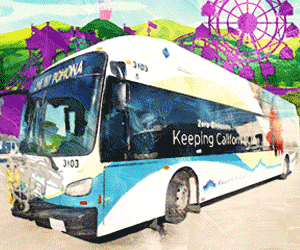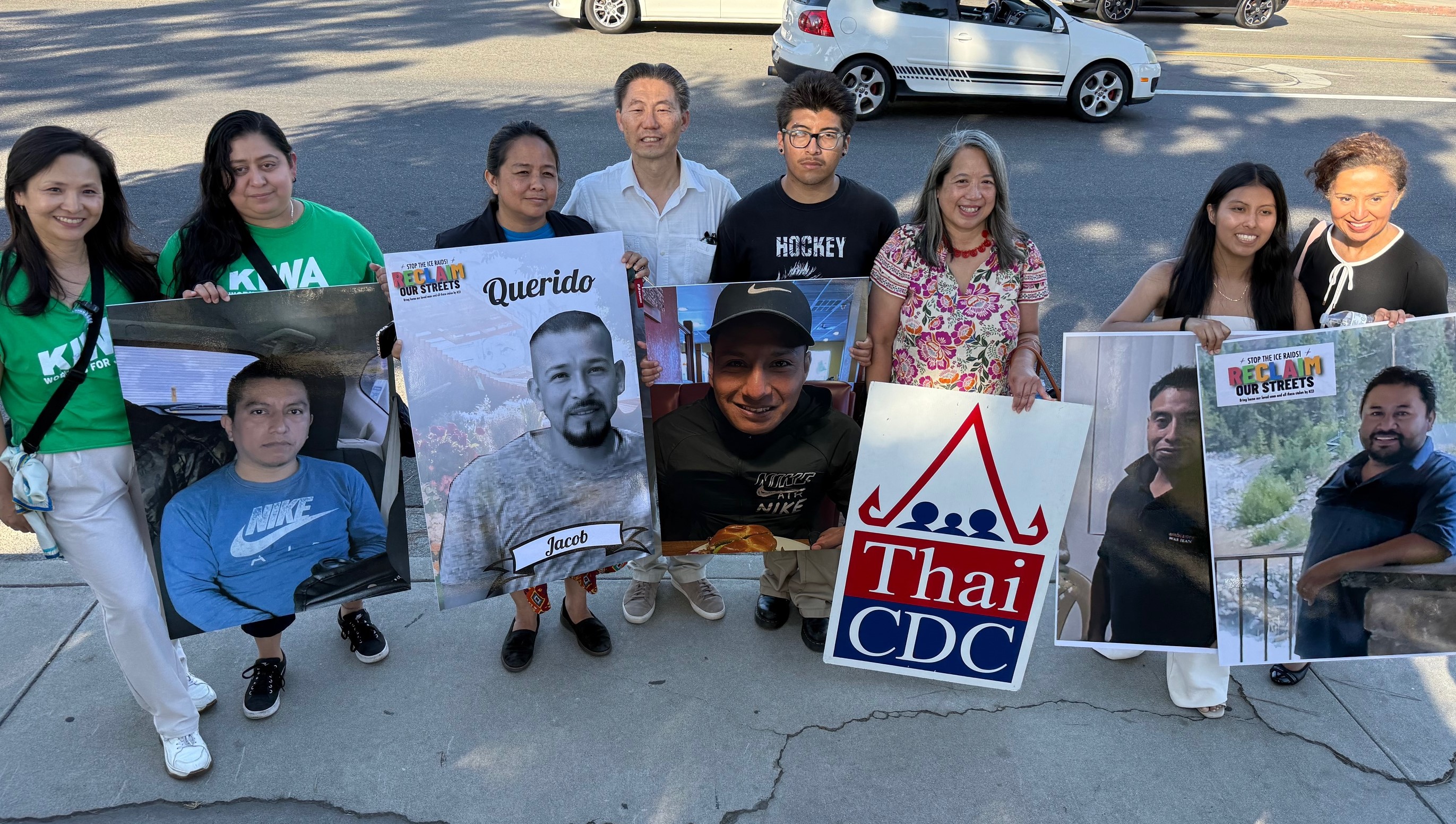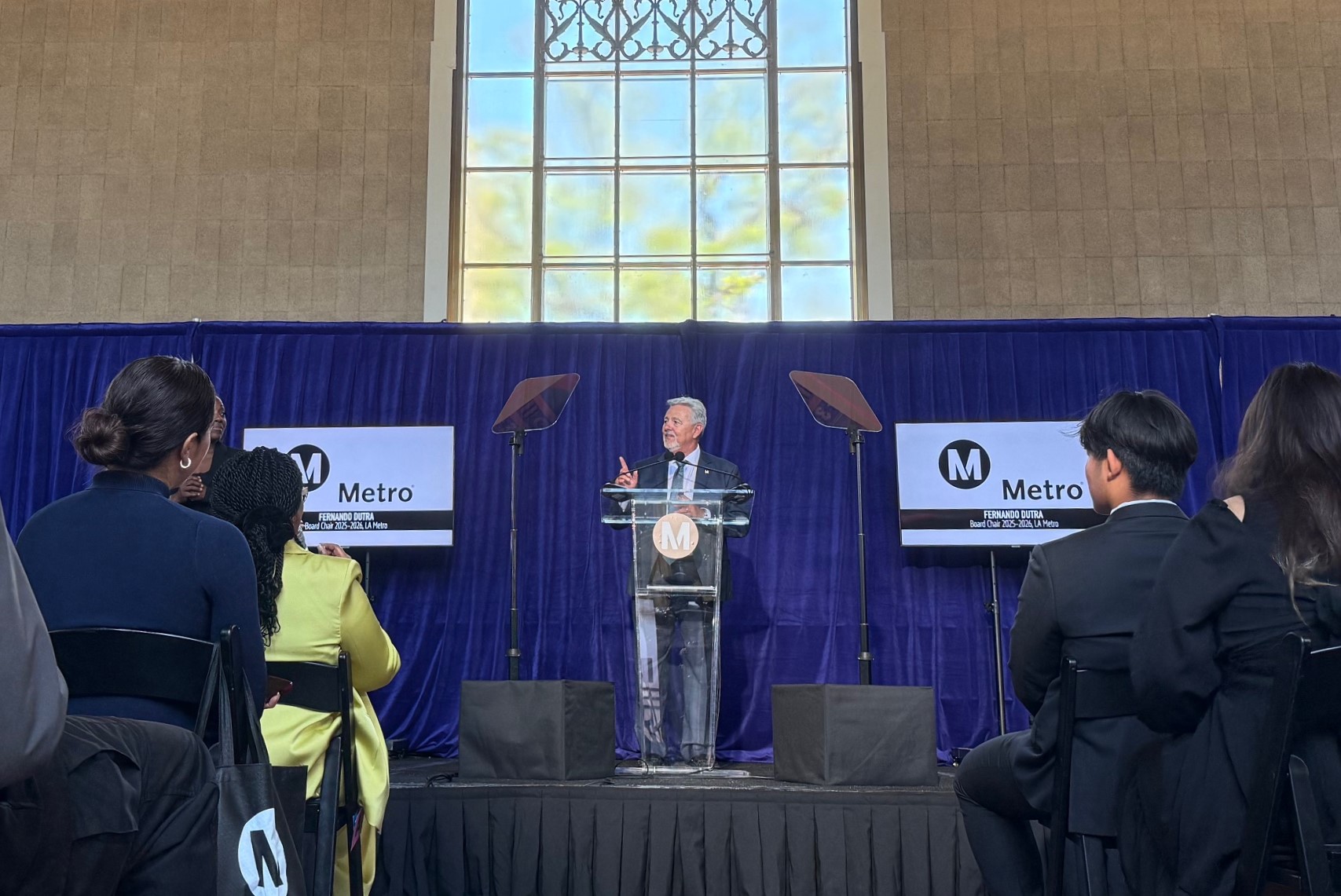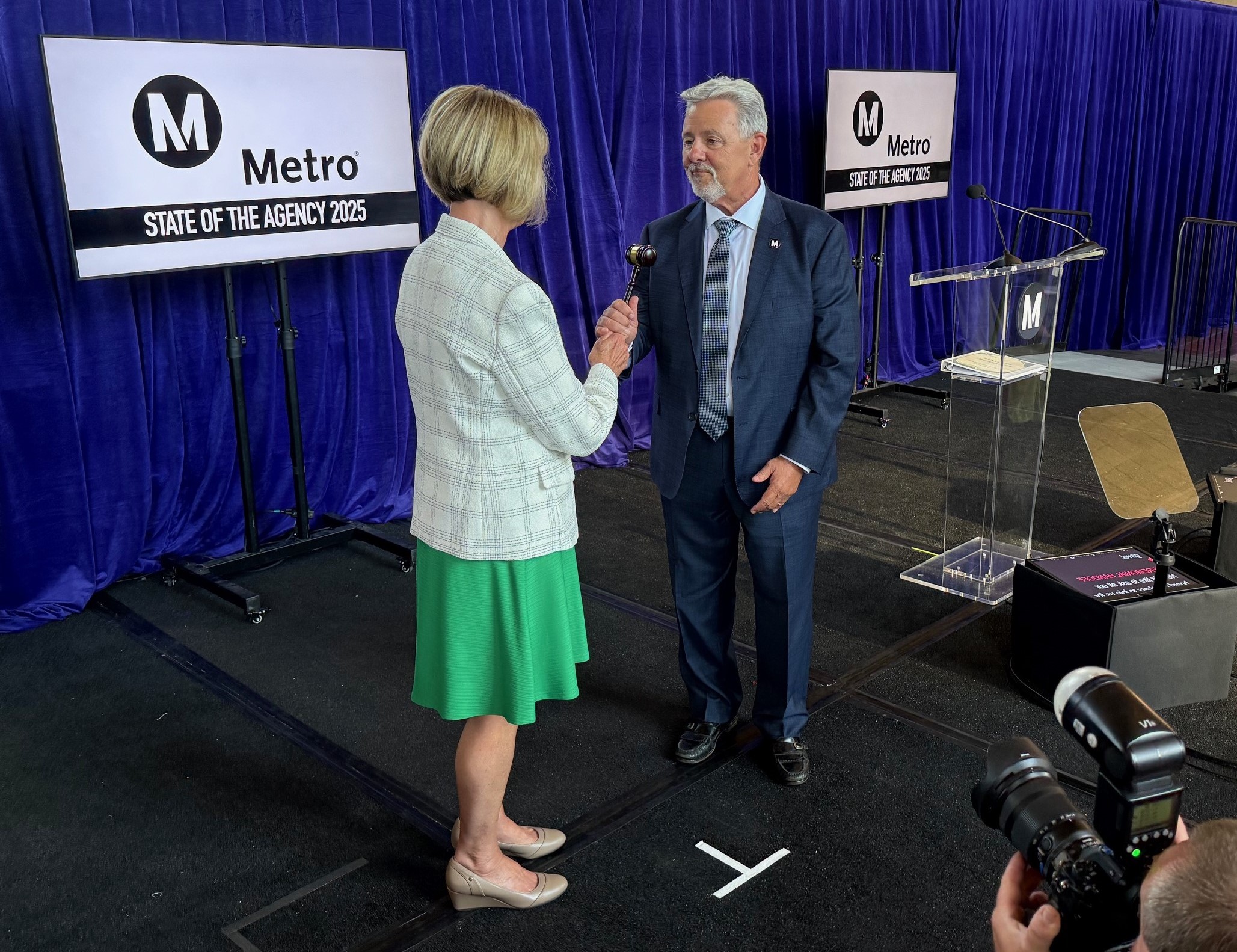The purpose of the session is to introduce elected officials, city staff, and planners, to the economic value of walkable and bikeable communities. It will answer the questions:
How do the built environment and human activity impact economic, social and ecological value?
Why should cities and counties invest transportation and development dollars into bicycle and pedestrian infrastructure?
How do you engage the community, private developers, investors, funders, and businesses to create quality places for people?

